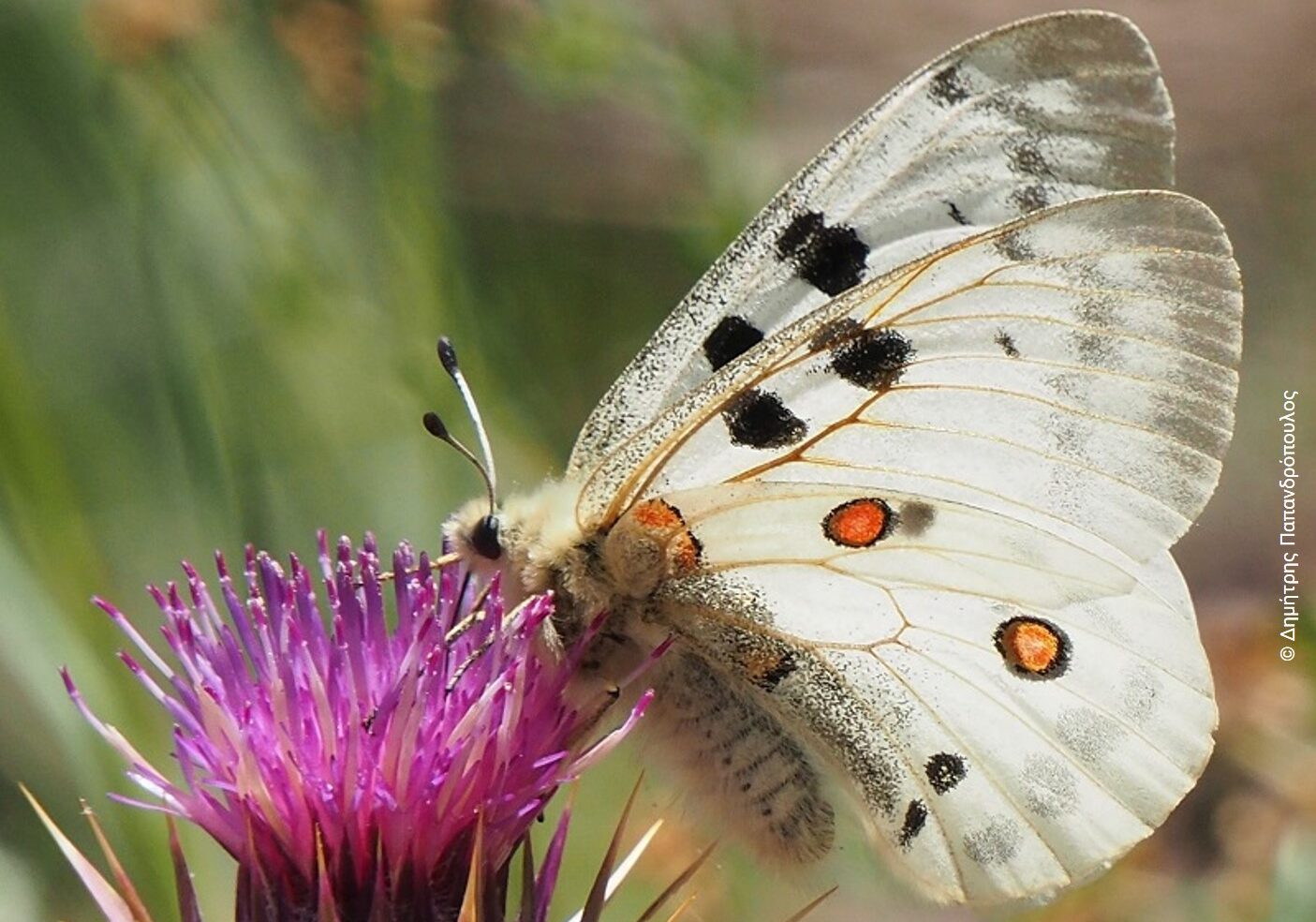
National Action Plan for the lepidoptera species Parnassius apollo
[fusion_builder_container hundred_percent=”no” equal_height_columns=”no” menu_anchor=” hide_on_mobile=”small-visibility,medium-visibility,large-visibility” class=” id=” background_color=” background_image=” background_position=”center center” background_repeat=”no-repeat” fade=”no” background_parallax=”none” parallax_speed=”0.3″ video_mp4=” video_webm=” video_ogv=” video_url=” video_aspect_ratio=”16:9″ video_loop=”yes” video_mute=”yes” overlay_color=” video_preview_image=” border_size=” border_color=” border_style=”solid” padding_top=” padding_bottom=” padding_left=” padding_right=”][fusion_builder_row][fusion_builder_column type=”1_1″ layout=”1_1″ background_position=”left top” background_color=” border_size=” border_color=” border_style=”solid” border_position=”all” spacing=”yes” background_image=” background_repeat=”no-repeat” padding_top=” padding_right=” padding_bottom=” padding_left=” margin_top=”0px” margin_bottom=”0px” class=” id=” animation_type=” animation_speed=”0.3″ animation_direction=”left” hide_on_mobile=”small-visibility,medium-visibility,large-visibility” center_content=”no” last=”no” min_height=” hover_type=”none” link=”][fusion_text columns=” column_min_width=” column_spacing=” rule_style=”default” rule_size=” rule_color=” hide_on_mobile=”small-visibility,medium-visibility,large-visibility” class=” id=”]
Parnassius apollo is a species of diurnal lepidoptera, whose populations have shown a sharp downward trend in recent decades. It is a butterfly species with specialized ecological requirements and a patchy distribution that is found isolated at high altitudes in the mountains of mainland Greece. These characteristics make it vulnerable to environmental changes.
The main pressures and threats for the species are related to the habitat degradation and destruction due to anthropogenic activities, to the collection of individuals due to its rarity and special beauty, and to changes in traditional agricultural practices and climate change.
The species is included in the IUCN Red List of Threatened Species as “Near Threatened”, in Annex IV of Directive 92/43/EEC, Annex II of the CITES Convention on International Trade in Wild Fauna and Flora and Annex II of the Convention of Bern for the Protection of European Wildlife and Natural Habitats. In Greece, the conservation status of the species according to the 4th National Report under Article 17 of Directive 92/43/EEC for the period 2013-2018 was assessed as “unfavourable – inadequate” (U1).
National Action Plan
The National Action Plan (NAP) aim is to reverse the downward trend of P. Apollo populations and achieve the Favourable Conservation Status of the total population, distribution range and habitat of the species. In order to achieve the NAP objectives, specific management actions will be implemented in the first stage, which were selected based on prioritization and after available funding possibilities had been taken into consideration.
Other NAP actions that will be implemented include improvement and protection of P. apollo habitats mainly from the anthropogenic activities that cause their modification and alteration. Additionally, in selected areas where the species is present, an assessment will be carried out regarding the characteristics, habitat and Sedum spp. host plants suitability. The Sedum spp plants are directly linked with the P. apollo life cycle.
Additional measures include a habitat suitability mapping at the national scale, designation of species critical areas, and recording of total species populations located in eleven (11) areas outside the boundaries of the Natura 2000 network.
A Grazing Management Plan and a Best Practice Guide will be developed in order to address and manage pressure by grazing, and additional research will be carried out on grazing capacity of grassland ecosystems where the species is present.
Finally, in areas with high forest cover, such as the forest ecosystems of the Rhodope Mountains, silvicultural studies will strengthen the maintenance of the forest gaps necessary for the conservation of the species populations.
At the institutional level, strict controls will be intensified and sanctions will be instituted for the illegal transport, export and trade of species individuals as defined by the CITES Convention on International Trade in Wild Fauna and Flora, in cooperation with the competent forest authorities, the electronic crime prosecution authority and the Ministry of Foreign Affairs.
At the same time, a citizen science programme will be organized for recording data on the species presence by volunteers, as well as training programmemes on how to collect species data and how to protect the species for the staff of the Management Unit of the Protected Areas and of other authorities involved.
To evaluate the effectiveness of management actions, a monitoring programme will be implemented that will use evaluation indicators, in order to asses] the action in an objective and measurable way, to the extent that this is possible.
The implementation of the NAP, beyond the obvious benefits for the species itself, is expected to contribute to the more efficient management and conservation of the country’s natural semi-mountainous and mountainous ecosystems for the benefit of both citizens (through the ecosystem services they offer) and the rest of the wildlife, given that these ecosystems host high biodiversity and exhibit high endemism.
[/fusion_text][fusion_code]PGRpdiBjbGFzcz0iaWZyYW1lbHktZW1iZWQiPjxkaXYgY2xhc3M9ImlmcmFtZWx5LXJlc3BvbnNpdmUiIHN0eWxlPSJoZWlnaHQ6IDE0MHB4OyBwYWRkaW5nLWJvdHRvbTogMDsiPjxhIGhyZWY9Imh0dHBzOi8vZWRvem91bWUuZ3Ivc2NoZWRpYS1kcmFzaXMtcHJvc3RhdGV5b250YXMtYXBlaWxveW1lbmEtZWlkaS1rYWktb2lrb3RvcG95cy10aXMtZWxsYWRhcy8iIGRhdGEtaWZyYW1lbHktdXJsPSIvL2Nkbi5pZnJhbWUubHkvODlua1BXZz9jYXJkPXNtYWxsIj48L2E+PC9kaXY+PC9kaXY+PHNjcmlwdCBhc3luYyBzcmM9Ii8vY2RuLmlmcmFtZS5seS9lbWJlZC5qcyIgY2hhcnNldD0idXRmLTgiPjwvc2NyaXB0Pg==[/fusion_code][fusion_text columns=” column_min_width=” column_spacing=” rule_style=”default” rule_size=” rule_color=” hide_on_mobile=”small-visibility,medium-visibility,large-visibility” class=” id=”]
- The National Action Plan for the Lepidoptera Parnassius apollo was established by the Ministry of Environment and Energy (the Ministerial Decision is available here).
- The Ministerial Decision was based on the corresponding study prepared and received by the Natural Environment and Biodiversity Management Directorate of the Ministry of the Environment and Energy, in the framework of the LIFE-IP 4 NATURA project “Integrated actions for conservation and management of Natura 2000 sites, species, habitats and ecosystems in Greece” (LIFE16 IPE/GR/000002).
- The full text of the study is available on the LIFE-IP 4 NATURA deliverables webpage (Action A.1).
[/fusion_text][/fusion_builder_column][/fusion_builder_row][/fusion_builder_container]
